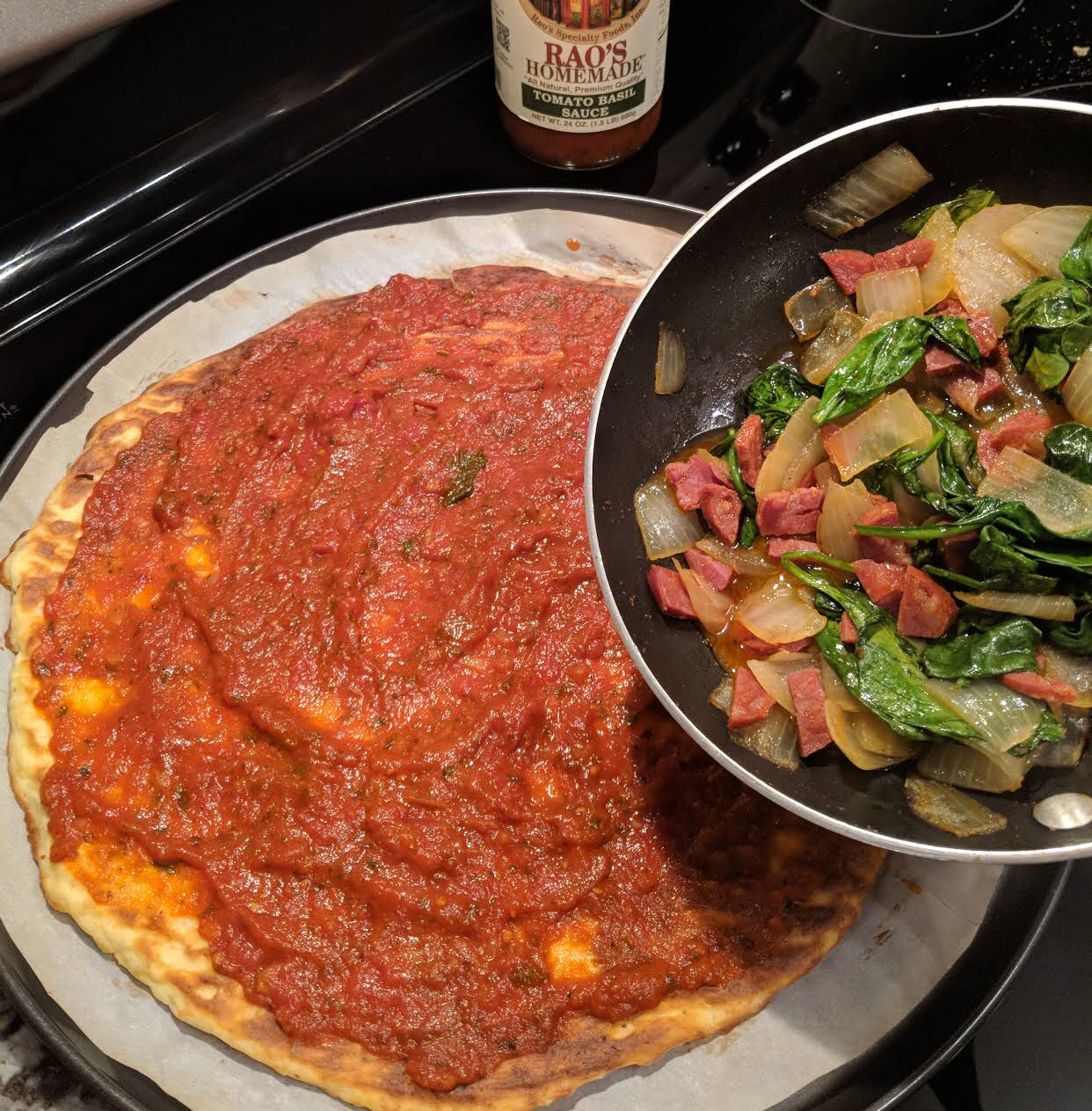You have seen it everywhere from fast food chains to trendy documentaries. Fake meats have become popular as plant-based alternatives to traditional meat. However, they may not always be the healthiest option. This post explores why fake meats can contribute to inflammation, digestive issues, and may lack key nutrients necessary for optimal health.
Inflammation and Additives
Many fake meats are highly processed and contain preservatives, artificial flavors, and large amounts of sodium. These ingredients contribute to inflammation, which can increase the risk of chronic conditions like heart disease and arthritis.
Bloating and Digestive Discomfort
Plant-based meats can cause bloating and digestive discomfort due to ingredients like fiber, sugar alcohols, and legumes (such as soy or pea protein). People sensitive to these ingredients might experience gas and bloating after consumption.
Amino Acid Profiles
While animal proteins provide all nine essential amino acids, many plant-based meats do not. For example, pea protein, found in many fake meats, lacks the optimal amount of methionine and lysine, which are crucial for muscle repair and metabolism.
Nutrient Deficiencies
Fake meats often lack important nutrients naturally found in real meat, such as vitamin B12, heme iron, and omega-3 fatty acids. Even though some fake meats are fortified, these added nutrients may not be as effective or bioavailable as those naturally present in whole foods.
Additionally, real meat contains beneficial compounds like carnosine and taurine, which aren’t typically added to plant-based products.
Key Takeaways
1. Real meat offers nutrients in a highly bioavailable form, making them easier for your body to absorb.
2. Fake meats can lead to bloating and inflammation due to additives and high fiber or sugar alcohol content.
3. Many fake meats lack complete amino acid profiles, which are crucial for muscle repair and overall health.
4. Nutrients like vitamin B12 and iron are more bioavailable in real meat compared to their fortified counterparts in fake meats.
5. Whole, minimally processed foods provide better nutrient synergy and overall health benefits.




